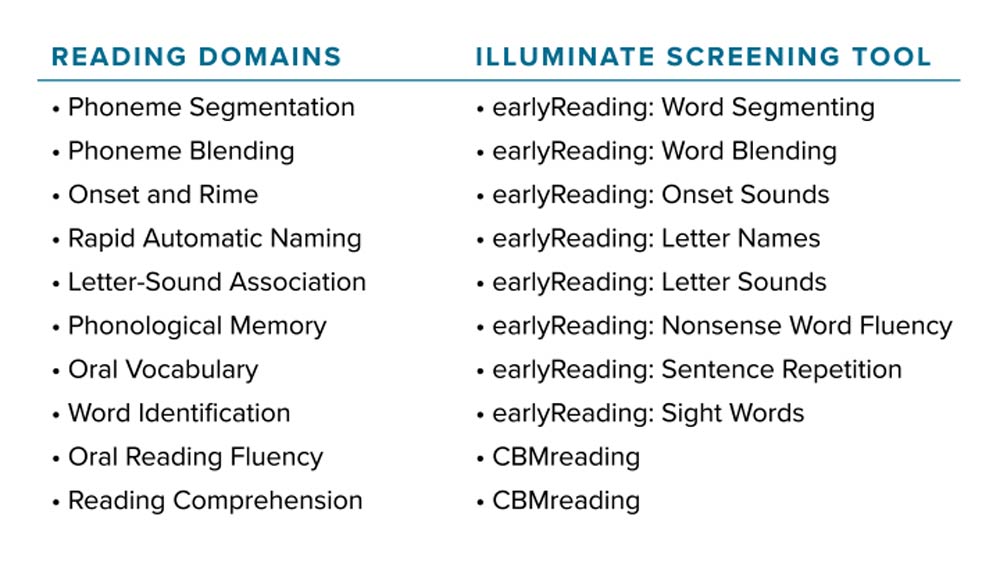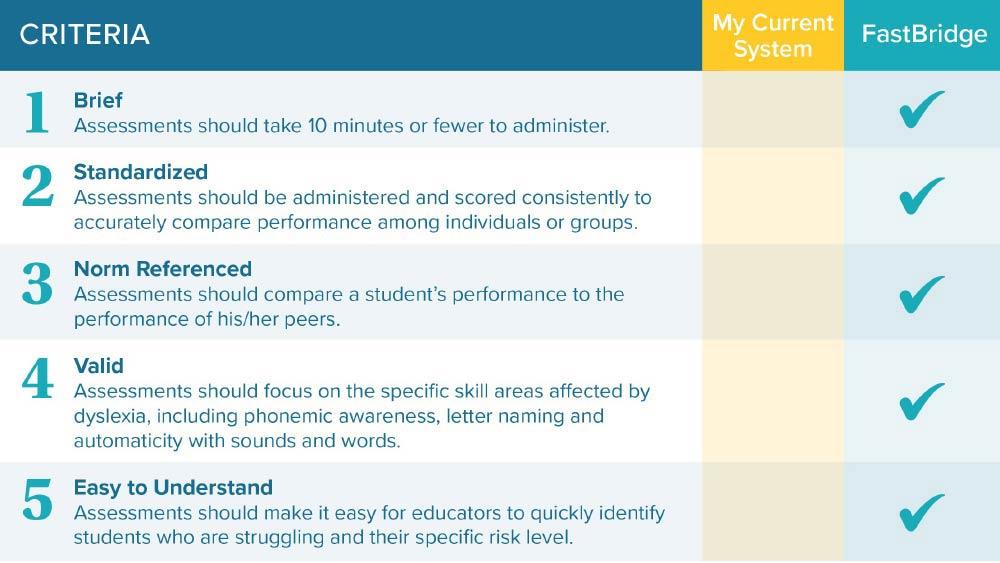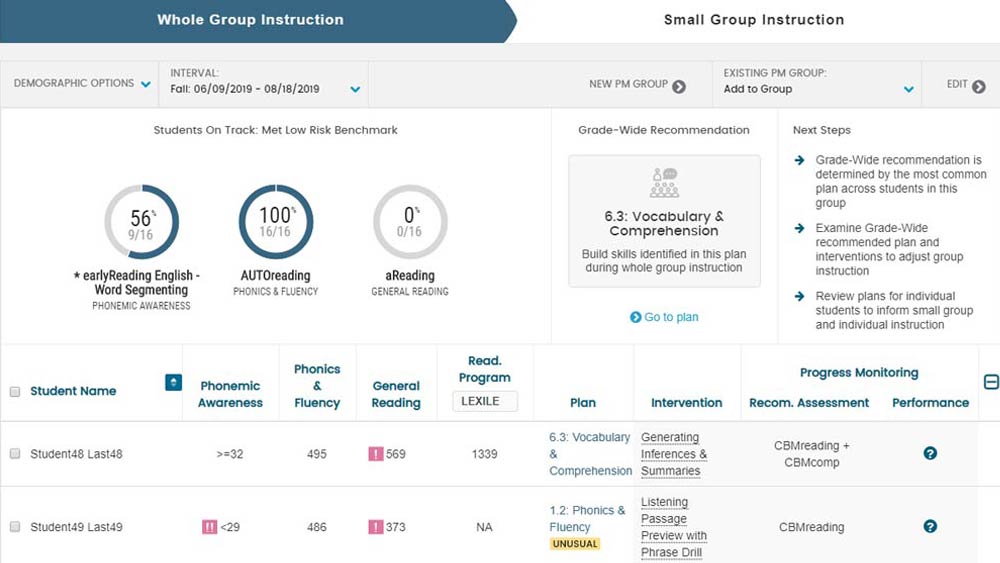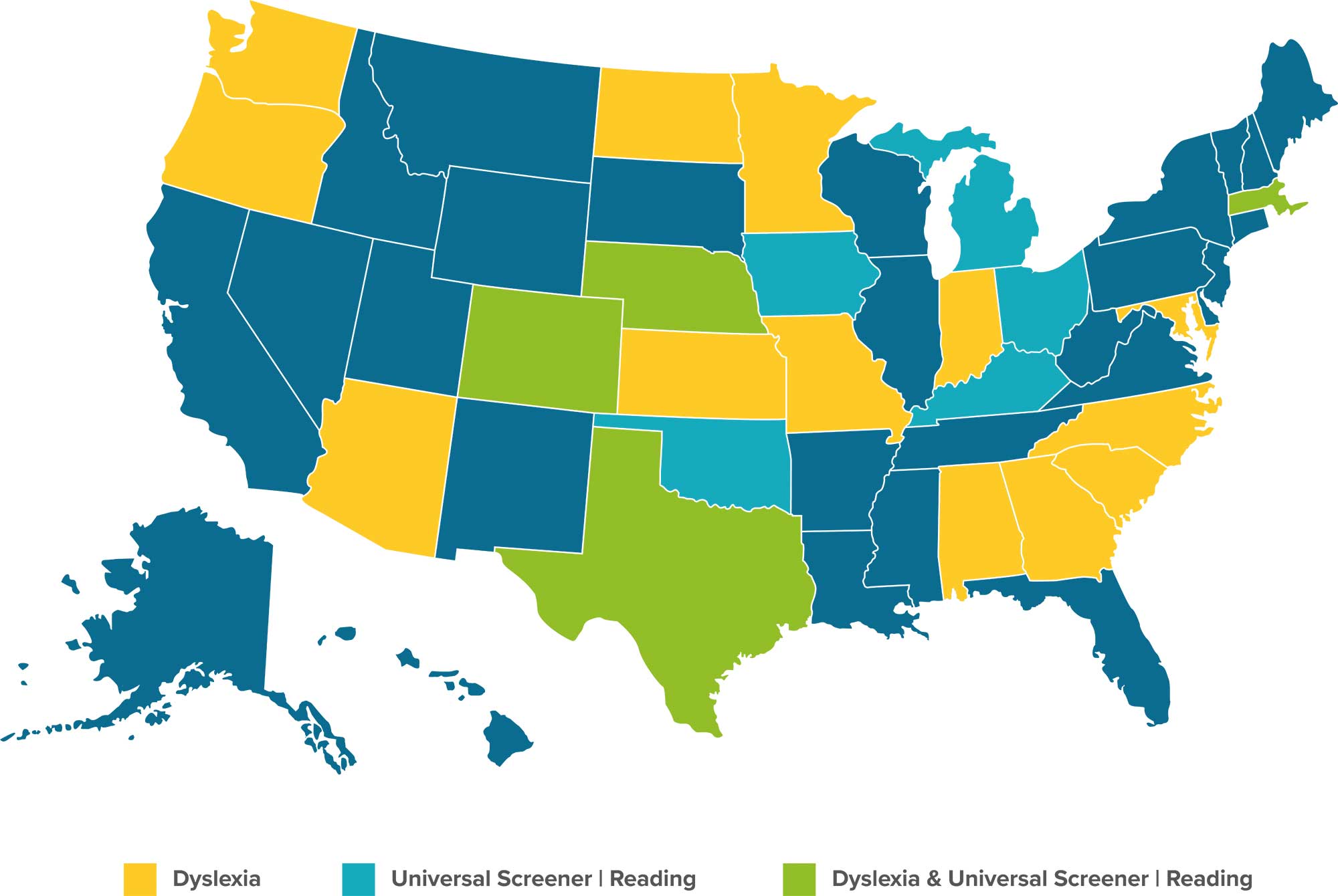Provide Educators With the Right Dyslexia Screening Data
Educators need the right data about students’ early reading skills to identify if they are exhibiting deficits associated with dyslexia. With FastBridge’s dyslexia screening, progress monitoring, and aligned interventions, students can make significant reading improvements
Dyslexia is a type of learning disability that may affect a student’s ability to learn how to read, decode text, and spell correctly. In recent years, most states have passed legislation recommending or requiring schools to conduct dyslexia screening. Dyslexia “is characterized by difficulties with accurate and/or fluent word recognition and by poor spelling and decoding abilities” (International Dyslexia Association [IDA], 2002).
FastBridge has reading tools that can be used for dyslexia screening and research shows that early dyslexia screening as well as ongoing progress monitoring is far more effective than treatment for older students which requires more resources and time.
Learn more about our research based approach to dyslexia screening.
Early universal screening is the best way for schools to identify students who might have dyslexia. An added benefit is that such screening will identify students with other reading problems as well.
Learn more about FastBridge’s universal screening tools that can be used for dyslexia screening:
| earlyReading | CBMreading |
| The earlyReading Composite includes subtests that measure the critical early reading skills of phonemic awareness and phonics. | CBMreading measures phonics, fluency, and comprehension, all key indicators of dyslexia. |
Kindergarten
earlyReading CompositeGrade 1
earlyReading Composite which includes CBMreading in winter and springGrades 2+
CBMreadingWhitepaper
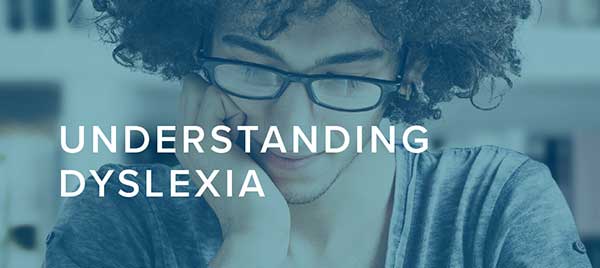
Understanding Dyslexia
Learn about common myths surrounding dyslexia, the importance of early screening and strategies for effective diagnostic evaluation.
Infographic
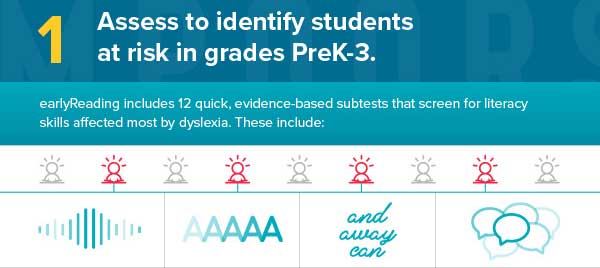
3 Steps for Supporting Students with Early Dyslexia Screening
Learn how to use FastBridge’s earlyReading assessment for dyslexia screening, addressing student learning needs with targeted interventions, and monitoring student progress toward reading goals.
Webinar
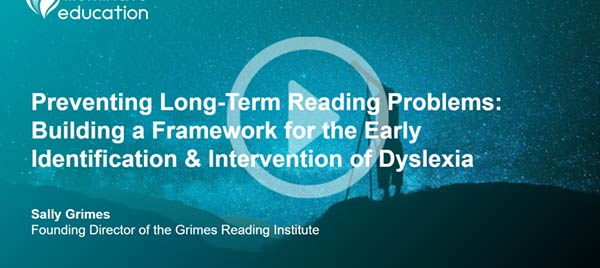
Building a Framework for the Early Identification and Intervention of Dyslexia
Watch as Sally Grimes, Founding Director of the Grimes Reading Institute, explains what you need to know to build a reading program that supports students with dyslexia.
Dyslexia is a reading disorder that affects both learning-to-read and reading skills over one’s lifespan. While it cannot be “cured,” the good news is that there are treatment methods to assist students with dyslexia. Individuals with dyslexia can learn to read, although it often requires additional intensive instruction. There is a strong body of evidence for the most effective reading instruction practices for children with dyslexia. The defining characteristics of effective treatments are direct and systematic instruction of phonemic awareness and sound-symbol correspondence. This includes daily intensive instruction in the big ideas of reading, as well as language and spelling, provided in an explicit and systematic format.
Individuals with dyslexia see the same letters and words as other readers. Dyslexia is not a vision disorder, but instead a phonological one. While individuals with dyslexia see the same letters and words on the page, they interpret (or decode) the sounds that correspond with the letters and words differently. Specifically, they often will reverse the order of the sounds or associate a different sound with a specific letter. For example, if the word is “spill”, a person with dyslexia might read it as “slip.” The most common sound confusion is found with the letters b, d, p, and q because they are similar shapes.
There are several steps to follow in order to test for dyslexia. The recommended best practice is to conduct universal screening of all students. Such screening involves testing students’ recognition and production of the sounds in words (e.g., phonemes) as well as how automatically they recognize letters and objects. These screenings take about five minutes per student. Those students whose screening scores indicate risk for dyslexia and related reading problems can complete additional diagnostic reading assessments that will confirm their needs.
Classroom teachers can screen for dyslexia as part of other class-wide screening procedures. Or, they can be done by literacy specialists, special educators, school psychologists, or others with the correct training. School-age children with persistent reading problems are typically evaluated by a school-based team that considers whether the observed reading problems are due to dyslexia and whether the student is eligible for special education. The team includes a school psychologist, classroom teacher, special educator, parent, and other specialists who might have worked with the student such as a speech and language pathologist.
Yes, there are many tests that can be used to determine whether an individual has dyslexia. These are commonly used as part of a diagnostic reading evaluation. This evaluation is recommended for students whose screening and intervention data indicate a profile consistent with dyslexia as it can be helpful to confirm the data, rule out other possible reasons for reading problems, and recommend additional instructional strategies.


